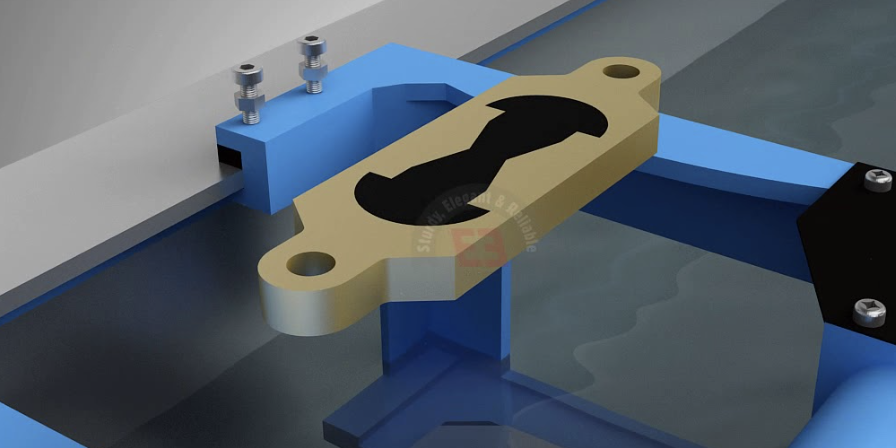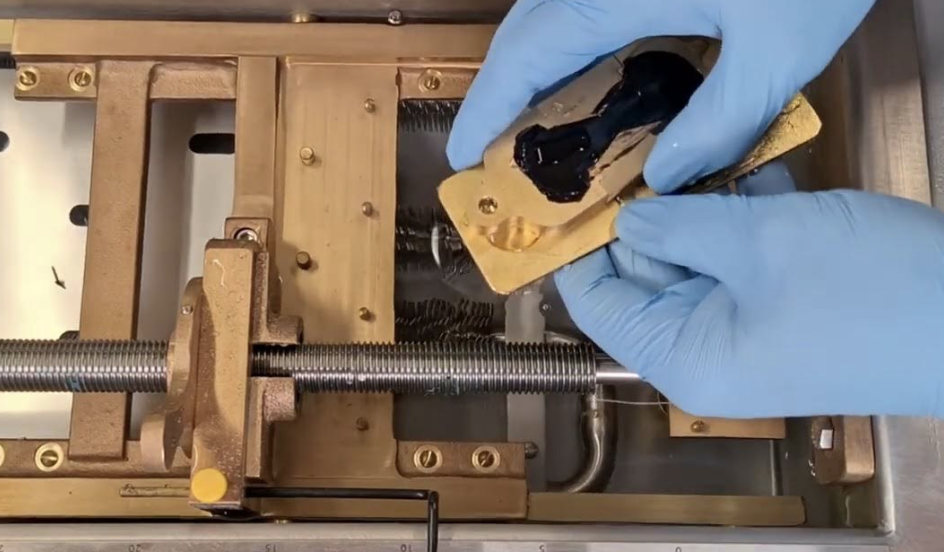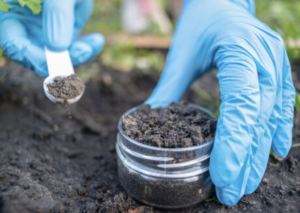What Materials Are Required for Asphalt Ductility Testing?
Asphalt ductility testing is essential for evaluating how well a bituminous material can stretch before breaking. This property directly affects the flexibility and durability of road surfaces, especially in regions with fluctuating temperatures. To conduct a standard asphalt ductility test—such as outlined in ASTM D113—you need a specific set of materials and equipment that ensure accurate and repeatable results. Let’s go through each of them.
Bitumen or Asphalt Sample
At the heart of the test is the bitumen (asphalt binder) sample1. This is the material being evaluated for ductility.
Sample Requirements:
- Should be free of water, debris, or solid particles2.
- Usually prepared in the lab by heating and pouring into a ductility mold.
- The test typically uses straight-run bitumen3, modified binders, or recovered asphalt.
| Property | Requirement |
|---|---|
| Purity | No impurities, emulsions, or additives |
| Temperature | Heated to pouring consistency (approx. 135–150°C) |
| Sample Size | Enough to fill standard ductility mold |
The quality of the sample directly affects the accuracy of the test results.

Ductility Mold
A standard ductility mold4 is used to shape the asphalt sample into a precise test specimen. It consists of a brass or stainless steel mold5 with side pieces and spacers to create a briquette-shaped specimen6.
Mold Characteristics:
- Internal dimensions: 75 mm × 25 mm × 10 mm (as per ASTM D113).
- Removable sides allow for easy demolding after cooling.
- Must be lightly oiled before filling to prevent sticking.
| Component | Purpose |
|---|---|
| Brass Mold Base | Holds the shape during filling |
| End Pieces & Spacer | Define the specimen dimensions |
| Assembly Screws | Secure mold parts together |
Proper molding ensures uniformity, which is critical for repeatable ductility measurements.

Water Bath and Ductility Machine
The actual test is conducted in a ductility machine7, which stretches the asphalt specimen in a controlled environment. The device is submerged in a temperature-controlled water bath8.
Equipment Includes:
- Ductility testing machine with constant speed motor.
- Water bath maintained at a standard temperature (typically 25°C).
- Travel mechanism to stretch the specimen at 5 cm/min.
| Machine Feature | Purpose |
|---|---|
| Constant-speed motor | Controls elongation rate |
| Temperature-regulated bath | Ensures test consistency |
| Digital/analog scale | Measures elongation until break |
This setup allows technicians to observe and record the exact ductility (in cm) of the asphalt before failure.

Thermometer and Timing Devices
Maintaining precise temperature and test duration is vital for ensuring consistent results. That’s why accurate thermometers and timing devices are part of every ductility testing setup.
Why They Matter:
- Asphalt behavior changes with temperature, so accurate measurement is essential.
- The stretching process must happen at exact speed and time.
| Device | Function |
|---|---|
| Thermometer | Monitors water bath temperature |
| Stopwatch/Timer | Ensures accurate pull duration (speed control) |
| Digital sensors | Optional for advanced ductility machines |
Small temperature deviations can significantly affect ductility values, especially for modified binders or polymer-enhanced asphalt.

Conclusion
Performing asphalt ductility testing requires more than just pulling a bitumen sample—it requires precision, control, and the right tools. From the carefully prepared sample to the standardized mold, water bath, ductility machine, and timing
-
Understanding the role of bitumen in ductility tests can enhance your knowledge of asphalt materials and their applications. ↩
-
Exploring this topic will provide insights into the quality control measures necessary for accurate testing results. ↩
-
Learning about straight-run bitumen will deepen your understanding of different asphalt types and their properties. ↩
-
Understanding the purpose of a standard ductility mold can enhance your knowledge of asphalt testing methods and their importance in construction. ↩
-
Exploring the materials used in molds can provide insights into their durability and effectiveness in asphalt testing processes. ↩
-
Learning about briquette-shaped specimens can help you understand their role in evaluating the properties of asphalt mixtures. ↩
-
Understanding the function of a ductility machine can enhance your knowledge of asphalt testing methods and their importance in construction. ↩
-
Exploring the role of a temperature-controlled water bath can provide insights into maintaining consistent testing conditions for accurate results. ↩








